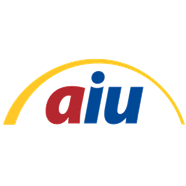Corporate Communication (Business 210)
(View Complete Item Description)The introduction of Business Communication for Success, the textbook used throughout this course, notes that Ň[E]ffective communication takes preparation, practice, and persistence. There are many ways to learn communication skills; the school of experience, or Ôhard knocks,Ő is one of them. But in the business environment, a ÔknockŐ (or lesson learned) may come at the expense of your credibility through a blown presentation to a client.Ó Effective communication skills are a prerequisite for succeeding in business. Communication tools and activities connect people within and beyond the organization in order to establish the businessŐs place in the corporate community and the social community, and as a result, that communication needs to be consistent, effective, and customized for the business to prosper. Business Communication for Success provides theories and practical information that represent the heart of this course, while additional resources are included to expand or pose alternatives to the approaches chosen in the textbook. You will receive maximum benefits from this course if you complete the readings first and then use the additional resources to fill in the blanks and/or reconsider the topics in the textbook.
Material Type: Activity/Lab, Full Course, Homework/Assignment, Reading, Syllabus



















